Using nature and technology to create works of art

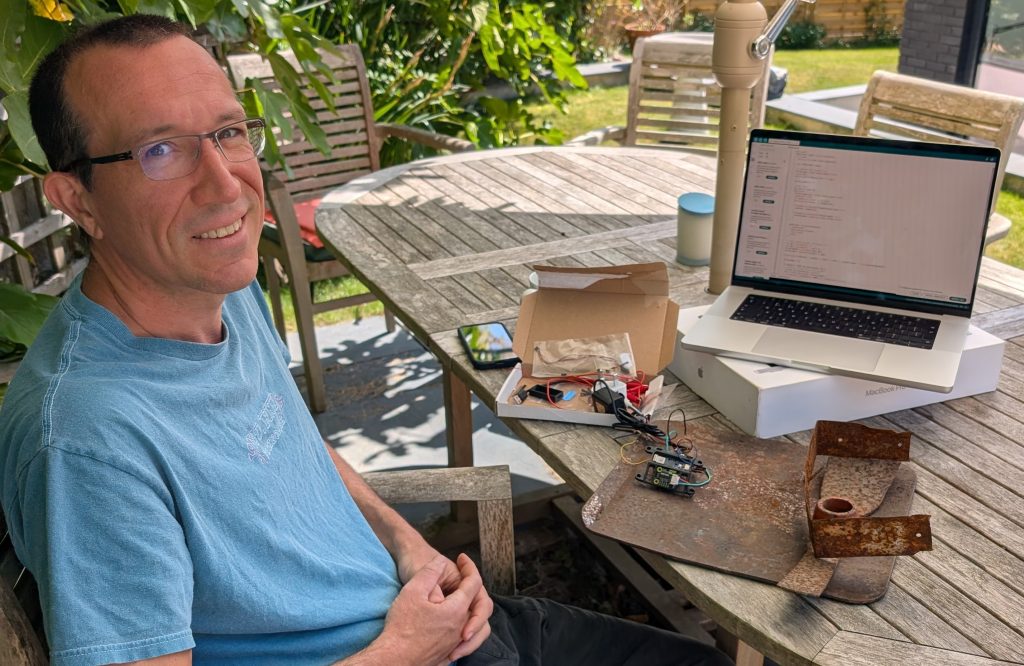
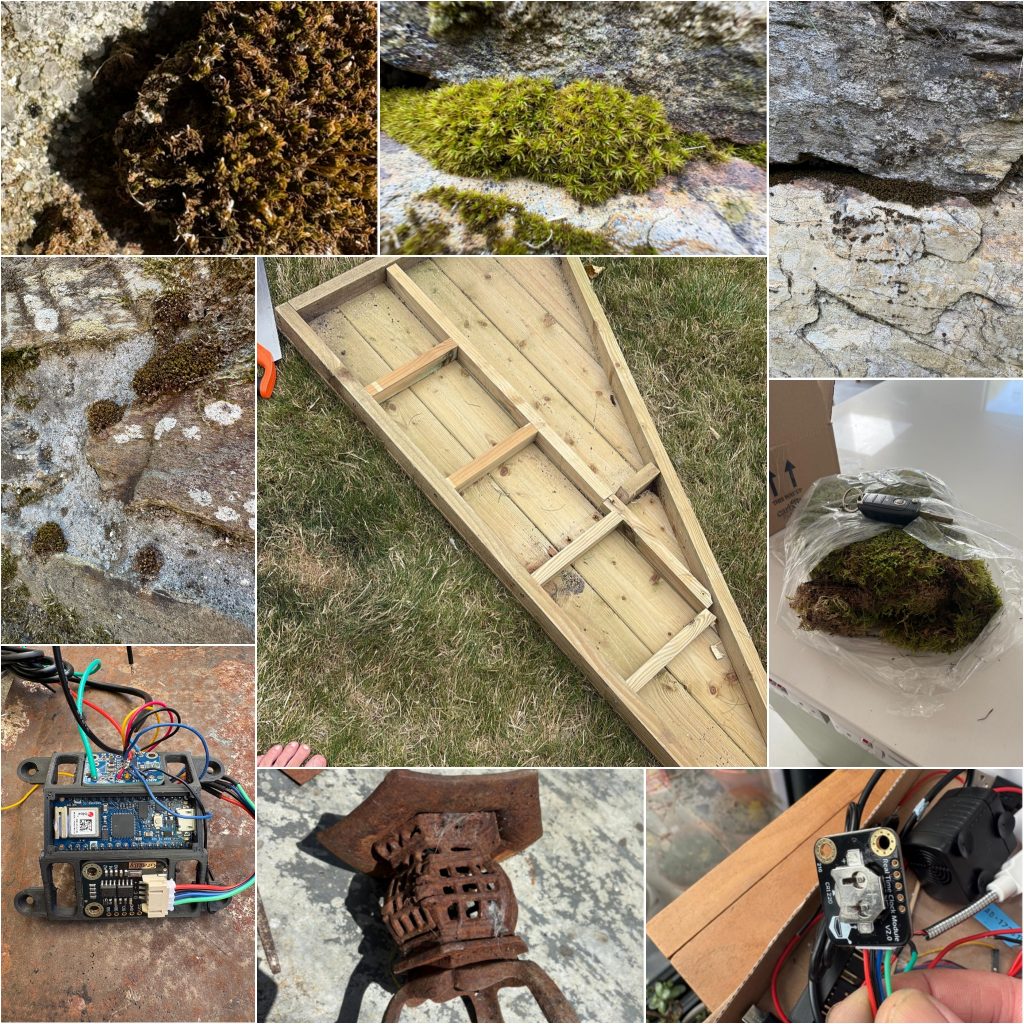

Now that we are a few weeks into the new academic year here in the UK, alarm clocks are reliably on repeat, timetables have been memorised, and goals are being set for the year ahead. You might be thinking about how you can do things differently this year and how you will ‘give things a go’ by stepping out of your all too easy comfort zone.
Two people doing just that are Sophie Capron, a teacher and mixed-media artist, and Toby Bateson, an emergency department doctor, inventor and lover of all things science and tech. Sophie and Toby are collaborating on a project that sees them combining their passions of art and science and blending nature and technology. Driven by a desire to create and learn without a fixed outcome in mind, they are creating installation art pieces incorporating natural processes – such as the growth of moss and formation of rust – and using technology to experiment with these processes. They are ‘giving things a go’ and seeing what happens!
The motivation
“Art and science both stem from curiosity and exploration,” says Sophie. “Integrating the two encourages more questions about the world around us, helping us to explore themes of sustainability, the relationship between humans and the environment, and the potential of technology.”
“Using science in art helps us appreciate both simplicity and complexity,” adds Toby. “Something that appears simple on the surface can be incredibly complex when examined closely. And art helps us to understand these natural processes in creative ways – it helps to make those connections visible, keeping our sense of wonder alive.”
The challenges
Sophie and Toby’s project poses many challenges, including getting natural elements like moss and rust to grow, adhere and have a visual impact. Whether these elements develop ‘properly’ or have the ‘right’ visual impact is part of the experiment. “There’s a vision of how it ‘should’ look, but achieving that relies on creating the right conditions, which isn’t always controllable because nature is unpredictable,” says Sophie. “Working with that uncertainty is what makes it fascinating.”
“On the technical side, programming and automation bring their own complexity,” explains Toby. “The goal is for the installation to be as self-sustaining as possible, which means using technology to monitor conditions and give feedback to help maintain the system.”
Sophie and Toby highlight that success on any project depends on how fixed or flexible the final outcome is. With an open-ended outcome, their project embraces the evolving nature of the process, and that experience is as much a part of the art as any physical piece they produce. “I’m usually working on objects and software with clear ultimate functions,” says Toby. “It’s liberating to be working towards something which has a creative purpose as, usually, the constraints and possibilities inherent in the systems and processes I use directly influence and guide the outcome.”
The rewards
One of the highlights for Sophie and Toby so far has been watching natural and technological processes overlap in real time. “I love the challenge of making something work autonomously – and the sense of discovery that comes from combining engineering with unpredictability and the act of creating,” explains Toby. “Seeing moss grow alongside code driven systems and watching how they interact visually and functionally have been incredibly rewarding.”
“It’s been fascinating seeing something organic like rust or moss exist within a framework of sensors and automation,” says Sophie. “Watching our living art taking on new forms and seeing what can be created out of growth and change is intriguing.”
The classroom connection
Sophie and Toby are keen for teachers and students to join them on their exploration. “Teachers could encourage students to explore natural processes like growth, decay and transformation, alongside scientific observation and creative expression,” says Sophie. “For example, students could grow moss or rust on surfaces, while using simple sensors to track changes over time.”
The approach Sophie and Toby are taking introduces key learning outcomes such as:
- Understanding biological and chemical processes (e.g., photosynthesis, oxidation)
- Experimenting with materials and environmental conditions
- Developing coding or electronics skills for real-world application
- Expressing ideas through process-based or installation art
- Practising patience, critical observation and creative thinking
“Combining art and science in the classroom builds interdisciplinary skills and encourages students to see the world through a more connected lens,” says Sophie.
“From design to programming, from learning about photosynthesis to the weather, projects like this show how STEM and SHAPE can really support each other,” says Toby.
The message
Sophie and Toby are keen to emphasise that there is no such thing as a ‘science mind’ or an ‘arty person’ – that being open to new ideas and change allows us to enjoy learning and to discover things we might never have expected of our ourselves. “Allow yourself to work with different people in different contexts,” advises Sophie. “And be comfortable not knowing what the outcomes of what you do will be!”
“Allow mistakes and never forget to play and learn,” adds Toby. “All the best things happen when you do!”
Keep up to date with the project: Instagram: tbsc_project_2025
Do you have a question for Sophie and Toby?
Write it in the comments box below and Sophie and Toby will get back to you. (Remember, researchers are very busy people, so you may have to wait a few days.)
To learn more about how combining science and art reaps fascinating rewards, read:
https://futurumcareers.com/can-art-help-scientists-see-more-clearly
https://futurumcareers.com/how-has-photography-shaped-ornithology-and-bird-conservation


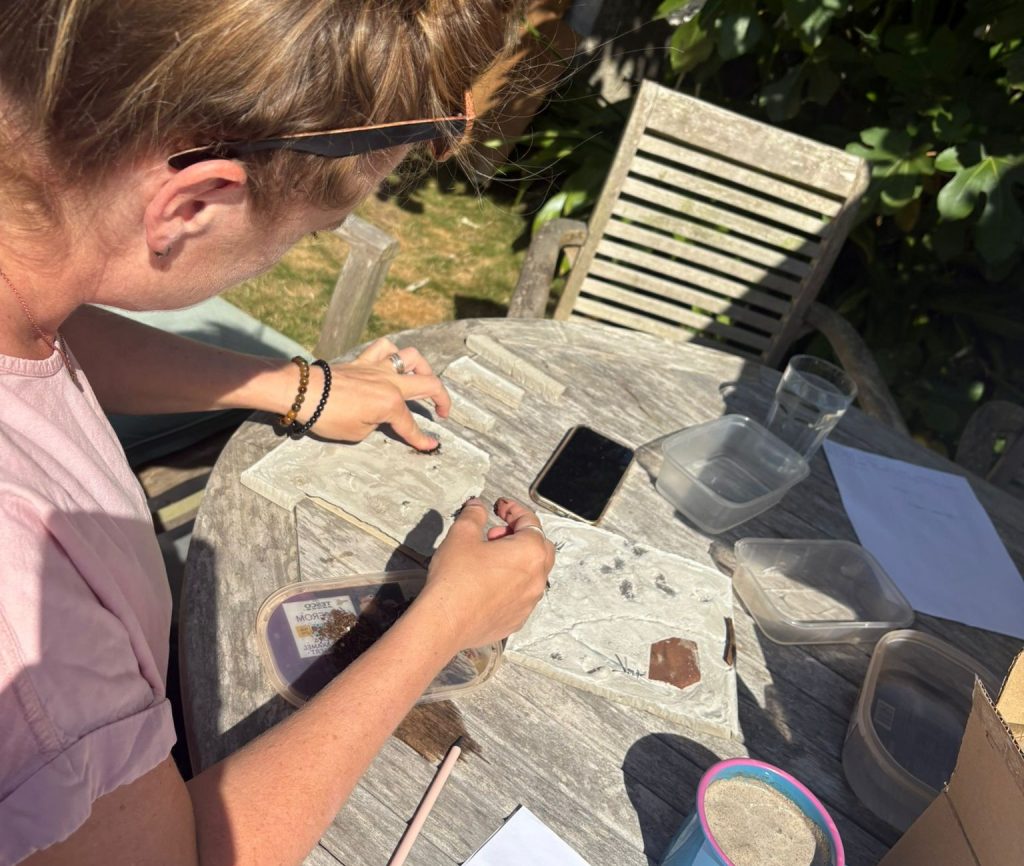
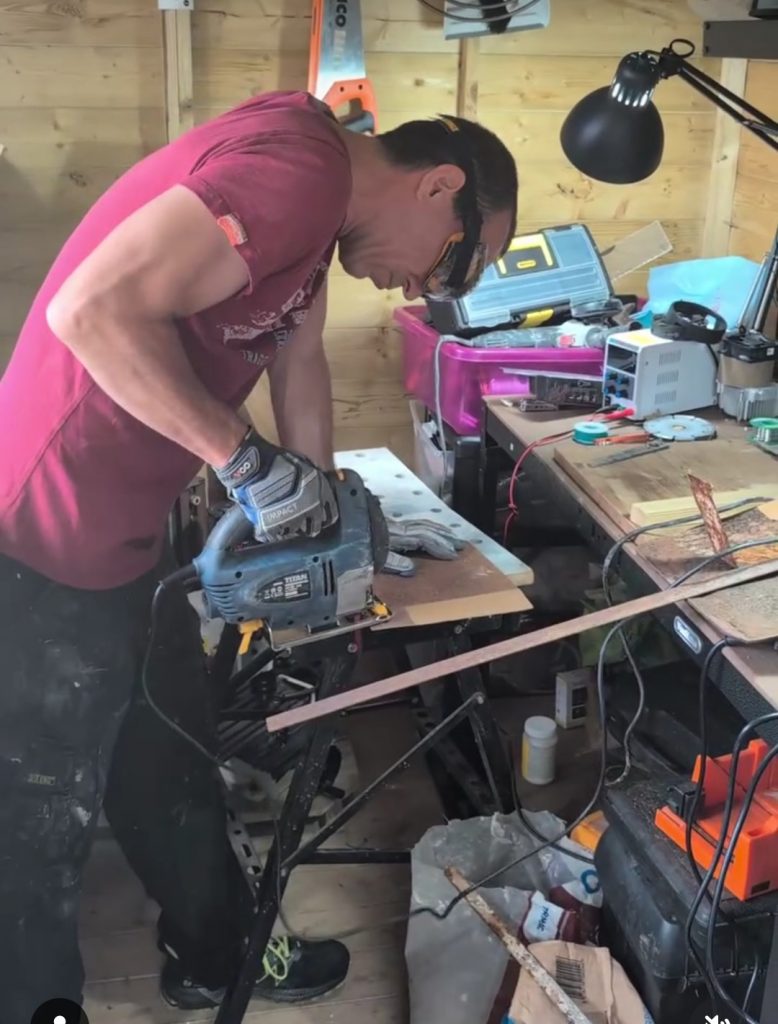
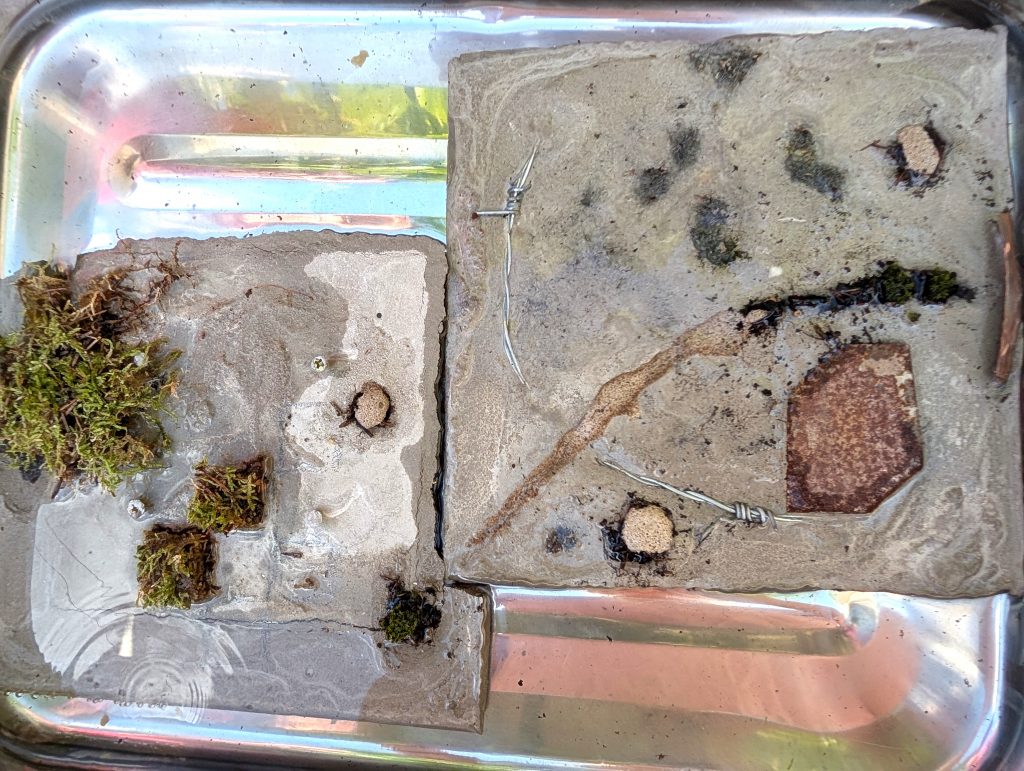
0 Comments